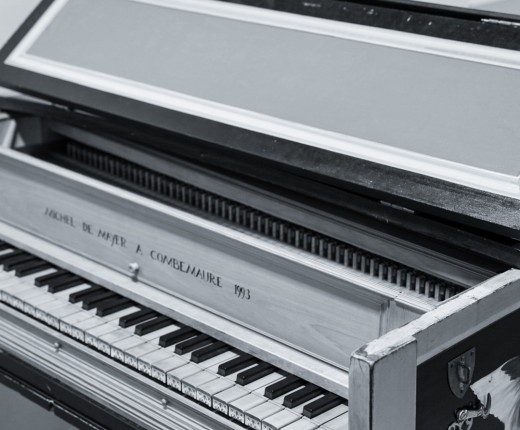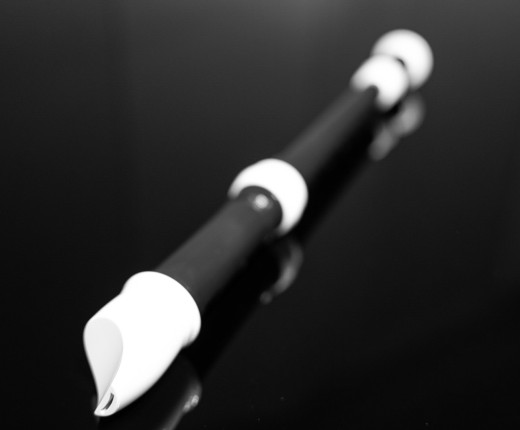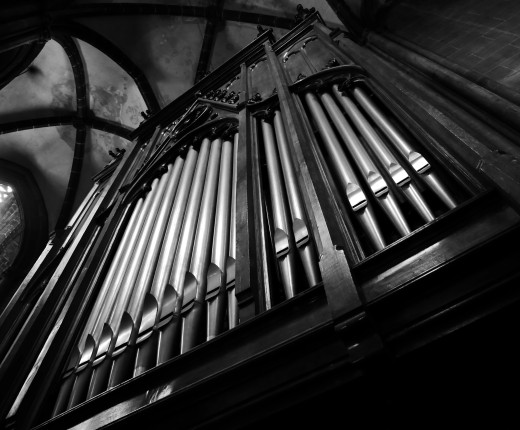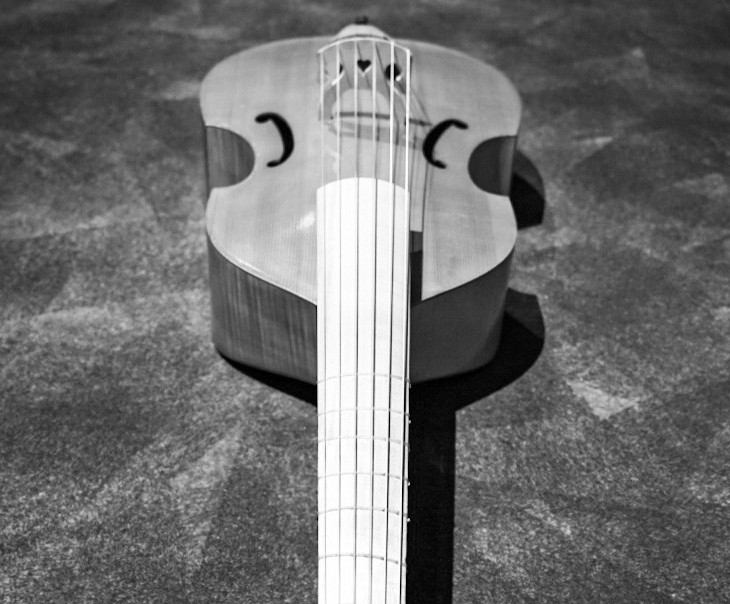Early music
The Early Music department brings together several instruments from different families: harpsichord, organ, recorder and viola da gamba. What do they have in common? Musical repertoires spanning more than 500 years of history. The modern term "early music" serves as a historical benchmark for the wide variety of music composed between the Middle Ages and the Baroque period.
Instrument making has evolved in line with advances in tools, the size of halls and, above all, the creativity of musicians and composers. Playing early instruments develops a sense of refinement, listening skills, delicacy and inventiveness, thanks to their sonorities, freedom of ornamentation and improvisation.
The musical repertoires studied encourage group practice from an early age. A school of humanity and collective spirit that has a place in today's world!
Harpsichord

From age 7
Learn to play the harpsichord for those who love its distinctive, crystalline timbre, that of the plucked strings.
With a wide repertoire ranging from the late Middle Ages and the Baroque to the present day, the harpsichordist plays both solo and ensemble music. The harpsichord training offered is comprehensive and diversified, ranging from initiation to professional level.
Recorder

For ages 7 and up
Voice, flute and percussion have been present since the dawn of time. As soon as man begins to write, to express his emotions and feelings, flutes seem to be already there, ready to receive his breath and his secrets.
Easily made, flutes are found in traditions the world over. The recorder family diversifies to be played as an ensemble, at different pitches, like an orchestra: soprano, alto, tenor, bass... and even double bass!
From the Middle Ages to the Baroque period, it was the king of instruments, like the violin today. An abundant and varied literature remains from this golden age, accessible to children and adult amateurs alike.
The recorder can be learnt by young children, as it is easy to play at first, enabling them to play pieces quickly and make music in ensembles. A delightful companion for young children, this musical instrument helps them to develop their listening skills, communicate their first artistic emotions, and accept and respect simple collective rules, while having fun and sharing with other children.
The recorder's names in other languages are invitations to choose it as the musical instrument of your dreams: recorder ("to sing like a bird"), flauto dolce ("sweet flute"), consort flute ("ensemble flute").
Organ

Ages 7 and up
Adults are welcome, and everyone will find something to enrich their personal and musical experience. The Principality's remarkable instrumental heritage offers a wide range of instruments of different aesthetics to illustrate all repertoires.
As soon as a student's instrumental level allows, lessons in basso continuo and chamber music are offered as diploma courses, along with an introduction to accompaniment and improvisation.
Auditions and visits to instruments enable students to perform in public and discover remarkable instruments outside the Principality.
Viola da gamba

From age 7
The viola da gamba belongs to the rubbed string family, like the violin and cello.
The name "viola da gamba" comes from the way it is played: the smallest viols are held between the legs, or on the knees. Violas de gambe have 6 or 7 gut strings. Polyphonic playing (on several strings at the same time, like guitarists) is facilitated by the slightly arched bridge head, which puts the strings at almost the same level. However, it is possible to play loudly without the risk of touching neighboring strings, as a cellist would do. Frets divide the neck, as on the lute or guitar. The viol bow is held in the opposite direction to the violin, i.e. from below, with the palm of the hand facing outwards. This instrument is prized for the beauty of its music, its intimate atmosphere and its sound, often compared to the human voice.